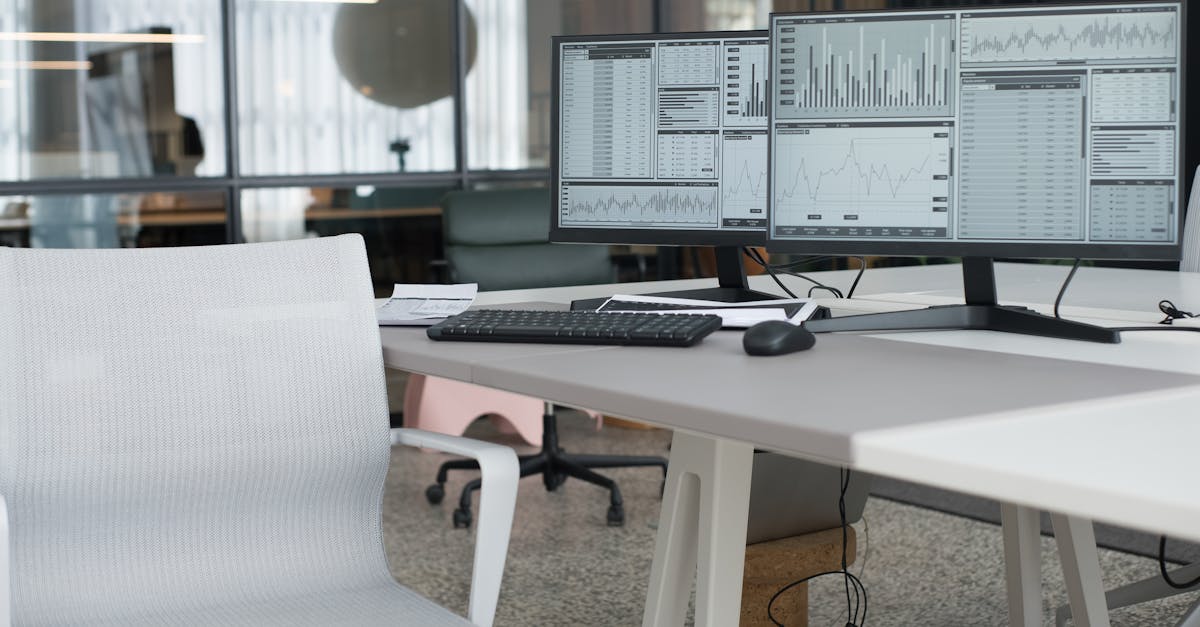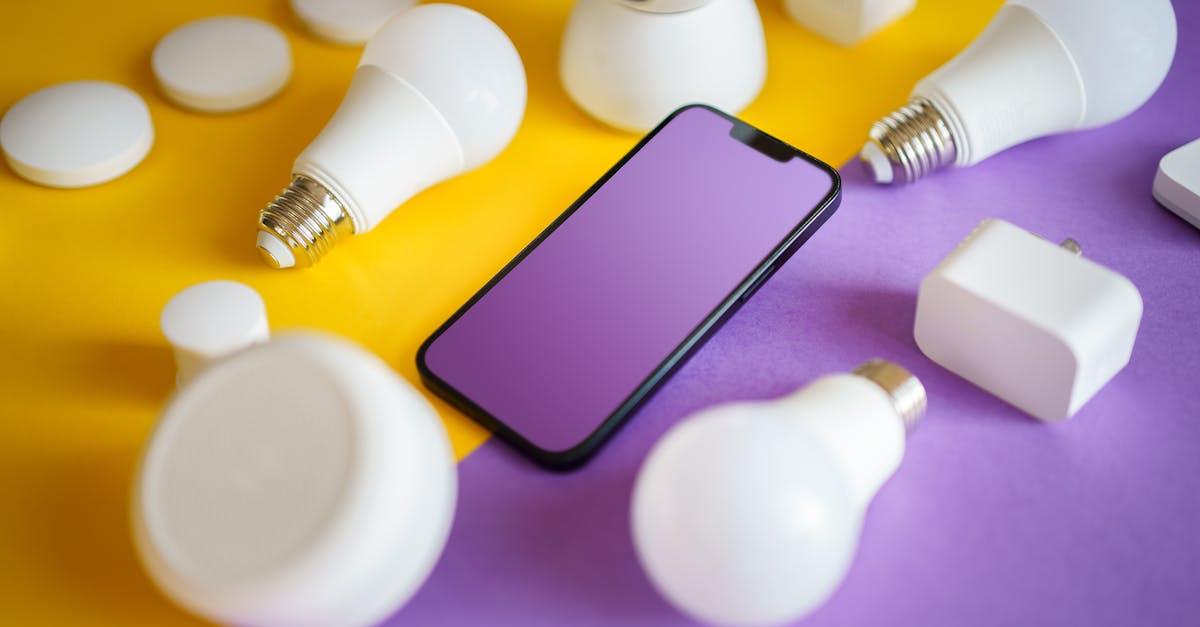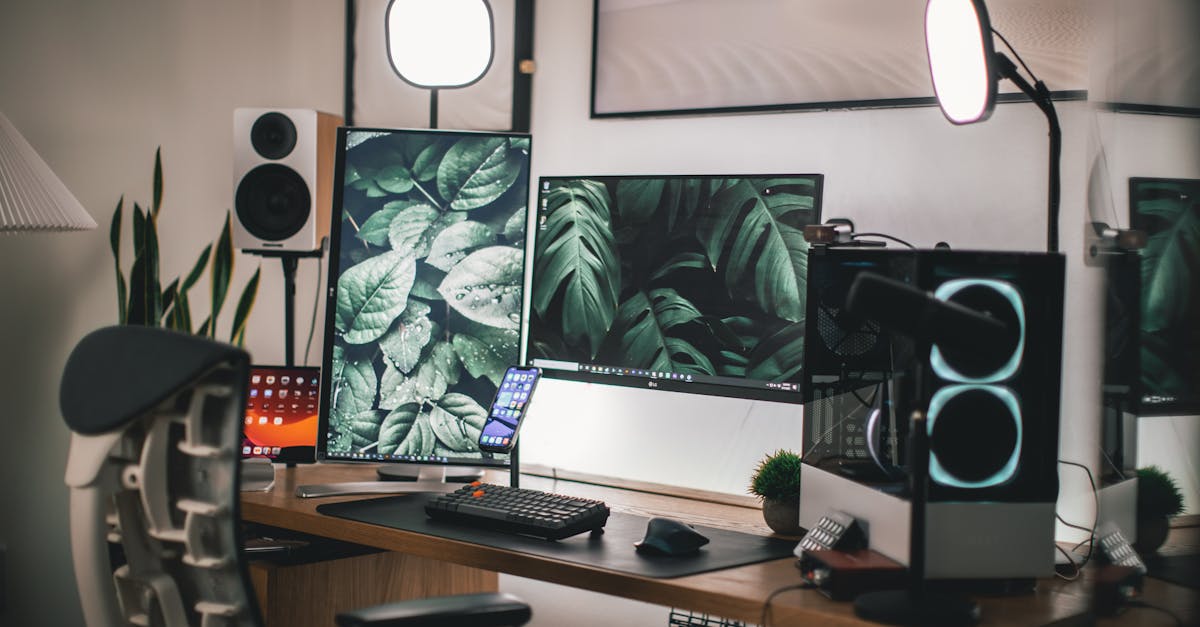Setting up dual monitors for remote work can significantly enhance your productivity by providing more screen real estate for multitasking. Whether you're a developer, designer, or just someone who juggles multiple applications, dual monitors can make your workflow smoother. Here’s a step-by-step guide to get you started.
Why Use Dual Monitors for Remote Work?
Dual monitors offer several benefits for remote workers:
- Increased Productivity: Easily drag and drop files between screens or keep reference materials open on one monitor while working on the other.
- Better Multitasking: Run video calls on one screen and take notes on the other.
- Reduced Clutter: Avoid constantly switching between tabs or windows.
What You’ll Need
Before setting up dual monitors, ensure you have the following:
- Two monitors (same or different sizes)
- A computer with multiple video outputs (HDMI, DisplayPort, etc.)
- Compatible cables (HDMI, DisplayPort, VGA, etc.)
- A stable desk or mount for the monitors
Step-by-Step Setup Guide
1. Check Your Computer’s Video Outputs
Most modern computers support dual monitors. Check the back of your computer for available ports:
2. Connect the Monitors
- Turn off your computer and monitors.
- Connect the first monitor to your computer using the appropriate cable.
- Connect the second monitor using another available port.
- Power on the monitors and computer.
3. Configure Display Settings
Once your computer boots up:
- Windows: Right-click the desktop > Display Settings > Arrange your displays.
- Mac: Go to System Preferences > Displays > Arrangement.
Adjust the resolution and orientation to match your preferences.
4. Optimize Your Workspace
- Positioning: Place the monitors side by side at eye level to reduce neck strain.
- Cable Management: Use cable ties or clips to keep wires tidy.
Troubleshooting Common Issues
- No Signal: Ensure cables are securely connected.
- Mismatched Resolutions: Adjust the resolution in display settings.
- Display Not Detected: Update your graphics drivers.
Conclusion
Setting up dual monitors for remote work is a straightforward process that can drastically improve your efficiency. Follow these steps to create a seamless and productive workspace. 🎯

Latest Articles

Best Laptop for Remote Work in 2023
Discover how to choose the perfect laptop for remote work with our expert guide on performance, budget, and must-have features.

Boost Remote Work Efficiency with Google Workspace
Discover how Google Workspace tools can streamline remote work, enhance collaboration, and boost productivity for teams.

Boost Remote Work Productivity with AI Tools in 2024
Discover how AI tools can enhance remote work productivity in 2024. Learn top strategies and tools to streamline your workflow.

Boost Remote Work with Miro Templates
Discover how Miro templates can streamline remote collaboration and boost productivity. Learn the best practices today!

Boost Remote Work with Krisp Noise Cancellation
Learn how Krisp enhances remote work by eliminating background noise. Discover setup tips and best practices for crystal-clear calls.

How to Set Up a Remote Work Cybersecurity Plan
Learn how to protect your business with a remote work cybersecurity plan. Essential tips for securing data and devices.
